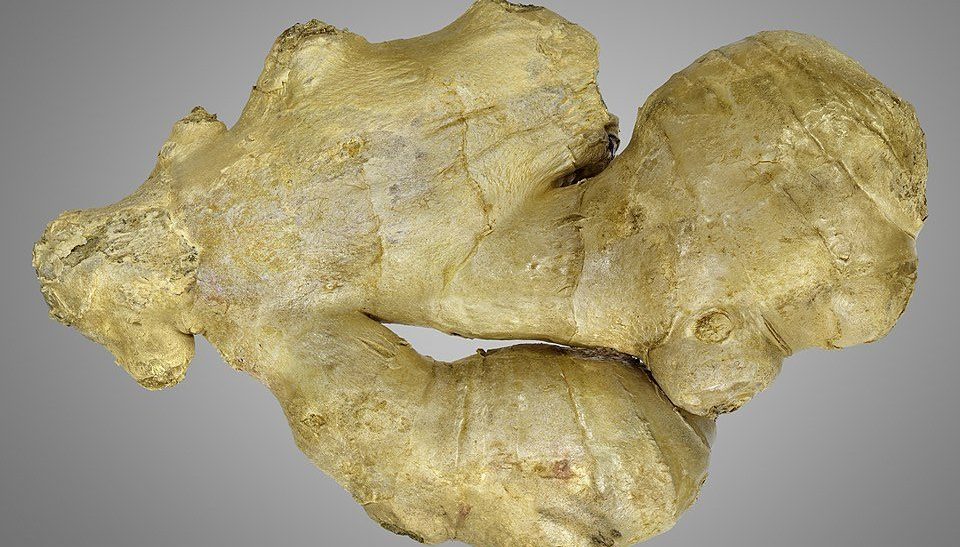Peru’s ginger exports in quarter 1, 2024 soared to 8, 453 tonnes worth $22.6 million, echoing annual exports in 2023 which grew by 86%. This is even as 2024 prices look onto an upward trajectory as supplies ebb.
From January to March 2024, North American and Western European markets commanded 92% of the international sales, according to Agraria.pe.
The United States, whose entire 2023 Peruvian ginger export share stood at 54%, registered a quarterly increase of 49% in shipments. Germany’s imports also grew by 14% year-on-year since March 2023.
Much of the success owes to the fact that 60% of Peru’s ginger is organic, hence its strong demand globally.
Key organic and conventional ginger production areas include Pichanaqui, Mazamari and San Martín de Pangoa, all in Junín region. The three districts account for 90% of the national output of the pungent bulbs.
High Farm-gate prices 2024
Like exports, the 2024 price situation is proving strong due to a 20% decrement in the seasonal organic ginger harvest.
Considering that Peru’s organic ginger commands good international rates in comparison with competitors China and India, farmers may benefit from a price rally.
As early as the March 2024 harvest, farm-gate prices stood at 2 Nuevo sols ($0.54) a kg. By April they had risen to 3 Nuevo sols ($0.80) a kg.
Peru’s Ginger Export Rankings
Export volumes have been growing since 2018 except in 2022 when production declined slightly.
Beginning 2019, Peru upped its ginger exports three years in a row, with exports in 2020 growing to 47,000 tonnes.
Peru acquired the fourth position among the world’s biggest ginger exporters in 2021, with 54,000 tonnes worth $88 million.
In 2022, Peru emerged the third biggest world exporter of ginger despite a 32.5% export value decline to $72.5 million.
2020-21 Export Price Meltdown
A part of the reason for the 2022 value decline was that farmers got discouraged from planting after poor 2020-21 prices.
Between 2019 and 2021, Peru’s ginger production was on an upward trajectory but price was always an issue. In April 2020, the export price declined by 22.3%, month-on-month, to $1,793 a tonne.
Earlier in March 2020, the export price had showed a slight strength but was volatile based on the particular market. For instance, while the United States shipped Peruvian ginger at $2,307 a tonne, neighboring Chile imported it at just $243 a tonne.
In short, Peru’s ginger landscape reveals robust export and historical price changes despite a current lag in production.
